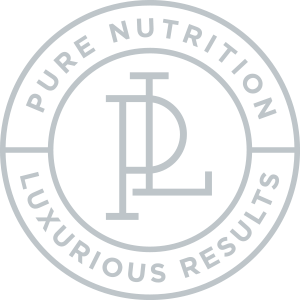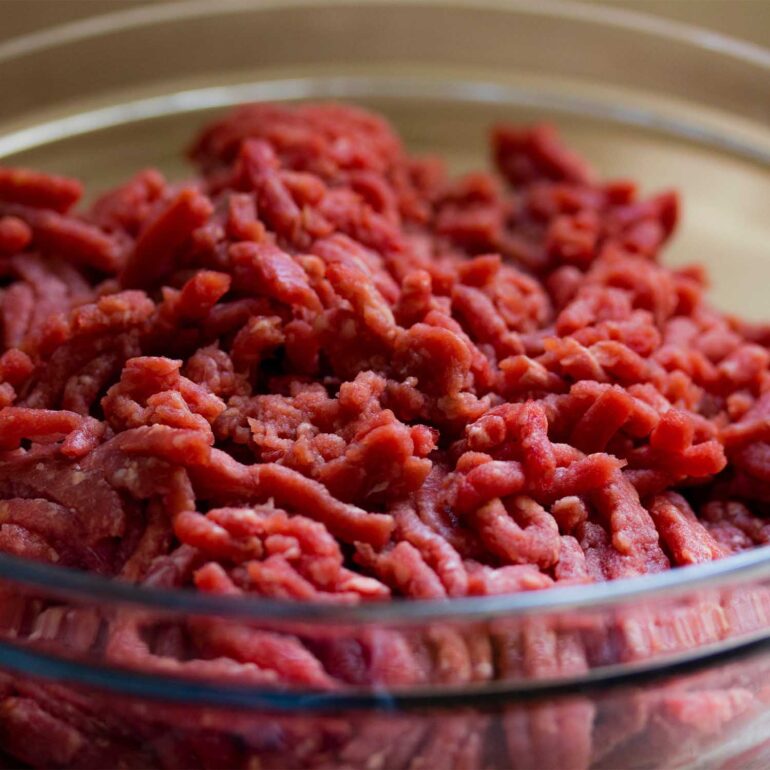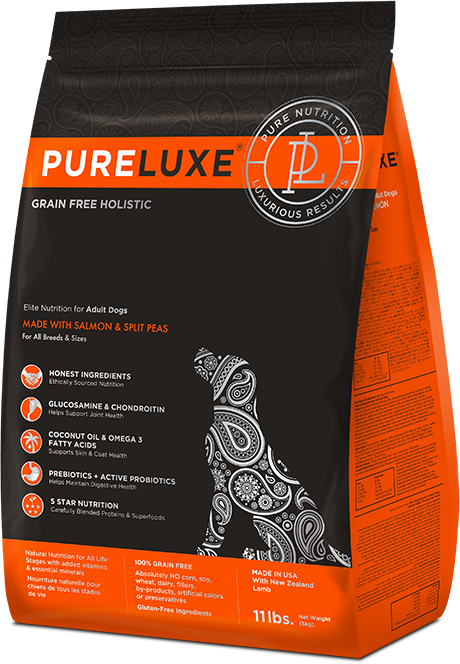Feeding your dog a raw food diet, often referred to as a “raw diet” or “BARF” (Biologically Appropriate Raw Food), can be a controversial and complex topic. While some proponents of raw dog food argue that it can provide several potential benefits, there are also significant risks and challenges associated with this approach.
Advantages of Raw Dog Food:
- Nutritional Control: Advocates argue that raw diets allow for more control over your dog’s nutritional intake. You can select high-quality ingredients and customize the diet to meet your dog’s specific needs.
- Improved Coat and Skin: Some dog owners report that their pets’ coats and skin condition improve when fed a raw diet.
- Better Dental Health: Chewing on raw bones and meat can help clean a dog’s teeth and reduce the risk of dental issues.
- Increased Energy and Stamina: Some dog owners claim that their dogs have more energy and better stamina on raw diets.
Drawbacks and Risks of Raw Dog Food:
- Nutritional Imbalance: It can be challenging to ensure that a raw diet is nutritionally balanced. Deficiencies or excesses in essential nutrients can lead to health problems. All AAFCO certified dog foods are required to meet a minimum level of nutrition that a raw diet may lack.
- Food Safety Concerns: Raw meat carries a risk of bacterial contamination, including Salmonella and E. coli, which can also pose a health risk to humans in the household.
- Potential for Bones to Cause Injuries: While some proponents advocate feeding raw bones, there is a risk of fractured teeth, choking, or intestinal blockages from bone ingestion.
- Cost and Convenience: Raw diets can be expensive and time-consuming to prepare, requiring careful planning and storage.
- Veterinary Concerns: Some veterinarians caution against raw diets due to the potential for health risks and nutritional imbalances.
- Zoonotic Disease Transmission: Handling raw meat increases the risk of zoonotic diseases (diseases that can be transmitted between animals and humans).
- Stool Quality: Raw diets can lead to changes in stool consistency and odor, which may not be ideal for all dog owners.
Before transitioning your dog to a raw food diet, it’s essential to consult with your veterinarian. They can help you make an informed decision and provide guidance on how to create a balanced and safe raw diet plan if you choose to go that route. If you decide against a raw diet, there are many high-quality commercial dog foods available that are formulated to meet your dog’s nutritional needs while ensuring their safety and convenience. At PURELUXE Pet Food, our dog food formulas not only meet but exceed the minimum AAFCO standards while providing features like fresh meat as the first ingredient and no fillers or additives. See all of formulas at pureluxepetfood.com.




















